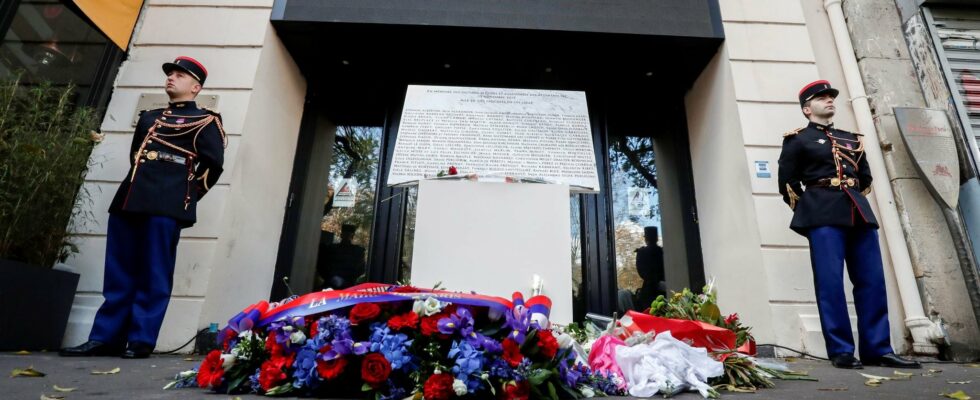A clear and cold refusal. This is how in 2017 the associations of victims of November 13, 2015 welcomed the news of the filming of a TV film on the attacks for France Télévisions. “They considered the initiative rushed. The fiction waited two years to be broadcast,” says Christian Delage, historian and director of a documentary on the victims of the attacks. Nine years later, things have changed. After the fiction of France 2, these tragic events have been extensively recounted in films (in a barely veiled allusion in See Paris again by Alice Winocur, or in November by Cédric Jimenez) and in series (In Therapyon Arte, or even A devoted friendon Max).
A little one is coming to M6. In The Spies of Terror, broadcast from November 12, Franck Philippon, its creator, retraces the hunt for the culprits of the attacks of November 13, 2015. The agents of the DGSI and the DGSE must join forces to uncover the Amniyat, the apparatus of well-oiled intelligence of the Islamic State. Between police investigation, legal procedure and departmental squabbles, the series delivers a convincing transcription of the eponymous investigation from which it is adapted. It’s difficult not to see in the crack-ridden spies of the soap opera the temptation to reproduce the recipe of Legends Office. With an additional goal: like most authors of fiction and documents dealing with this fateful day, Philippon highlights the “cathartic” objective of his series.
Understanding the unspeakable
Beyond the investigation, the series is intriguing as much for what it means as for what it represents: a way, both collective and individual, of digesting trauma. The observation is also valid for each fiction that takes up the subject. When In therapy treated it under the literal prism of psychoanalysis, A devoted friend through the scam (“Who is a victim and who is not?”), The Spies of Terror offers a variation on the thriller side.
This obsession with mixing up tragedies is as disturbing as it is recent. In an article published in 2002, the American critic Shoshana Felman presented the last hundred years as “the century of trauma”. A long-silenced trauma, inaudible to the public of the previous century. To represent the horror and its ramifications on screen was to risk failing – worse, making them trivial. In his documentary Night and fog in 1955, Alain Resnais remarked: “We can no longer say anything” in the face of the horror of the Shoah. Later, the United States would wait ten years before telling the ghosts of the Vietnam War in cinema. It will take them six years to revive through fiction those of September 11, 2001, in a massive way. Neither France00 nor November 13, 2015 escaped this acceleration of time. In contrast to a 20th century made up of zones of darkness and silence, today’s cultural industry now intends to document every event, even the most traumatic. Implement transparency, to better understand the unspeakable?
.
